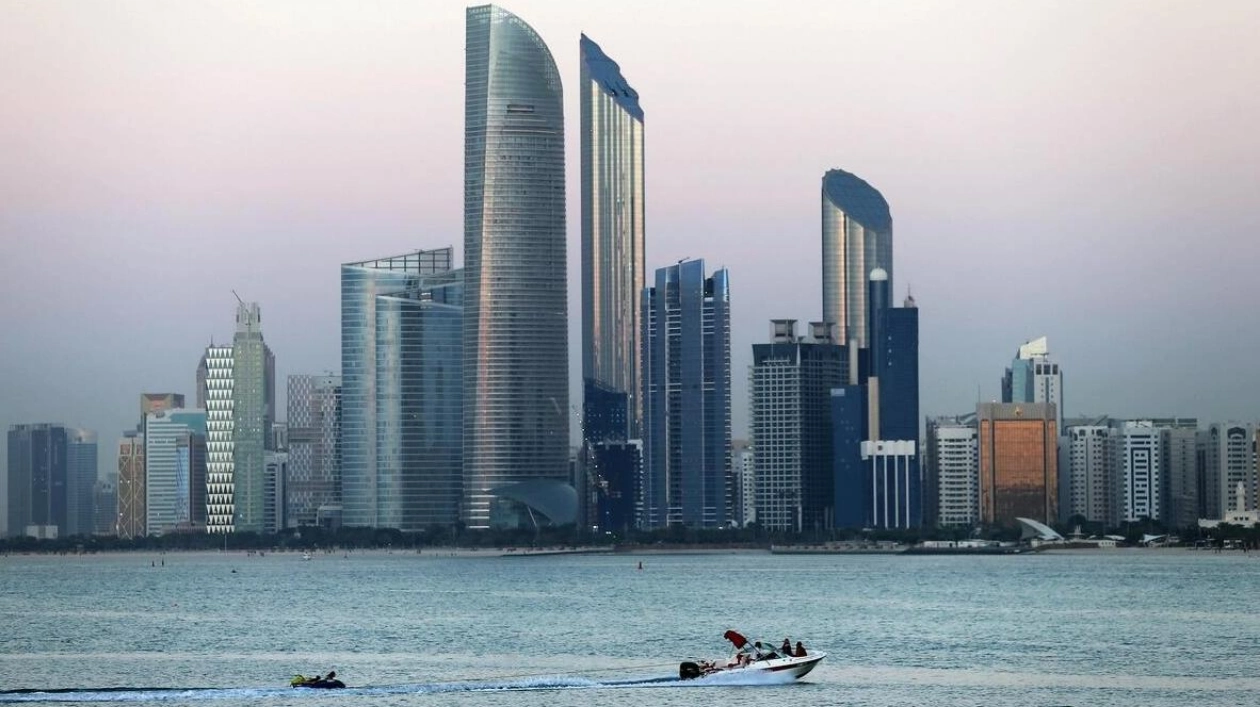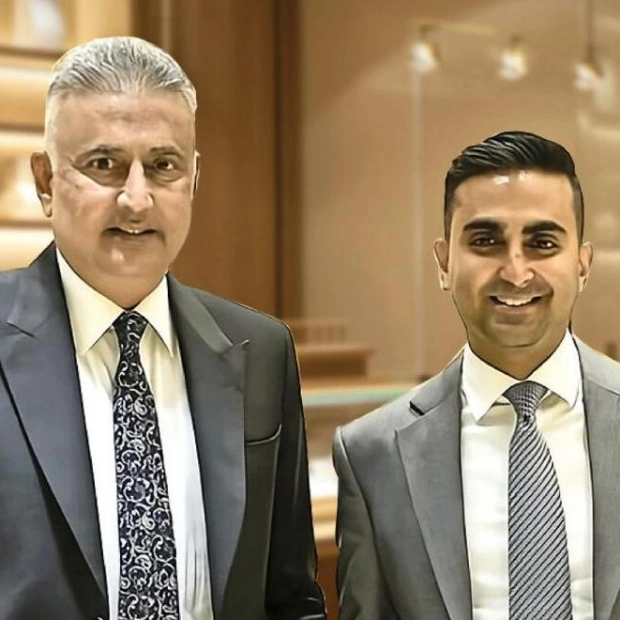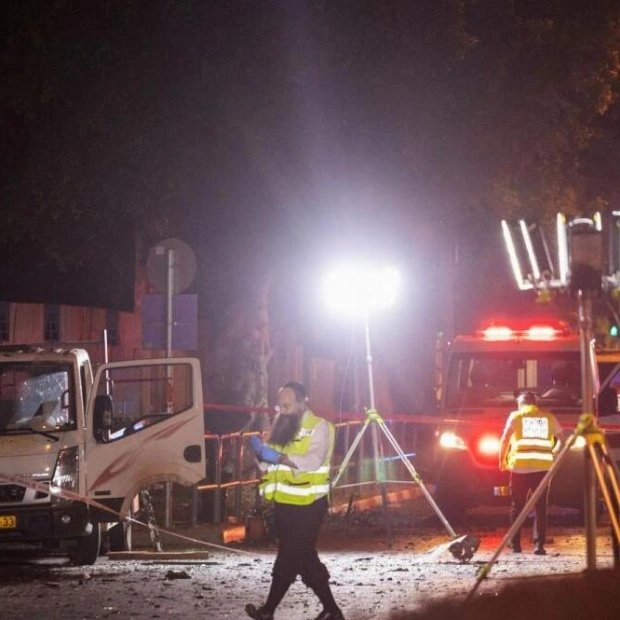According to the preliminary findings of the Abu Dhabi Census 2023, the first census fully reliant on administrative registers, the population of Abu Dhabi has surged to 3,789,860, marking an 83% increase since 2011. The census reveals that males constitute 67% of the population with 2,541,465 individuals, while females make up 33% with 1,248,395. The median age of the population stands at 33 years. The Abu Dhabi region leads with 2,495,925 residents, accounting for 66% of the emirate's total population, followed by Al Ain with 1,009,735 (27%) and Al Dhafra with 284,205 (7%).
The economic expansion and shift towards a knowledge-based economy have driven an 82% rise in the employed population since 2011, totaling 2,522,390. The workforce is split between 46% white-collar workers, showing a 109% increase, and 54% blue-collar workers, up by 65%. Additionally, the number of residential and non-residential units has grown by 66% since 2011, reaching 754,555, with residential units at 441,410 (58%) and non-residential at 313,145 (42%).
Ahmed Tamim Hisham Al Kuttab, Chairman of the Department of Government Enablement – Abu Dhabi, and Chairman of the Higher Census Committee, acknowledged the pivotal support from Sheikh Khaled bin Mohamed bin Zayed Al Nahyan, Crown Prince of Abu Dhabi and Chairman of the Abu Dhabi Executive Council, for the successful census. Abdulla Gharib Alqemzi, Acting Director General of the Statistics Centre - Abu Dhabi (SCAD), reiterated SCAD's commitment to aligning with the emirate's strategic transformations, emphasizing the use of digital infrastructure, innovative solutions, and AI techniques in the census process.
SCAD is focused on creating an advanced statistical ecosystem, integrating all statistical activities and sectors, and using advanced technologies to provide forward-looking statistics for decision-makers and the public.






